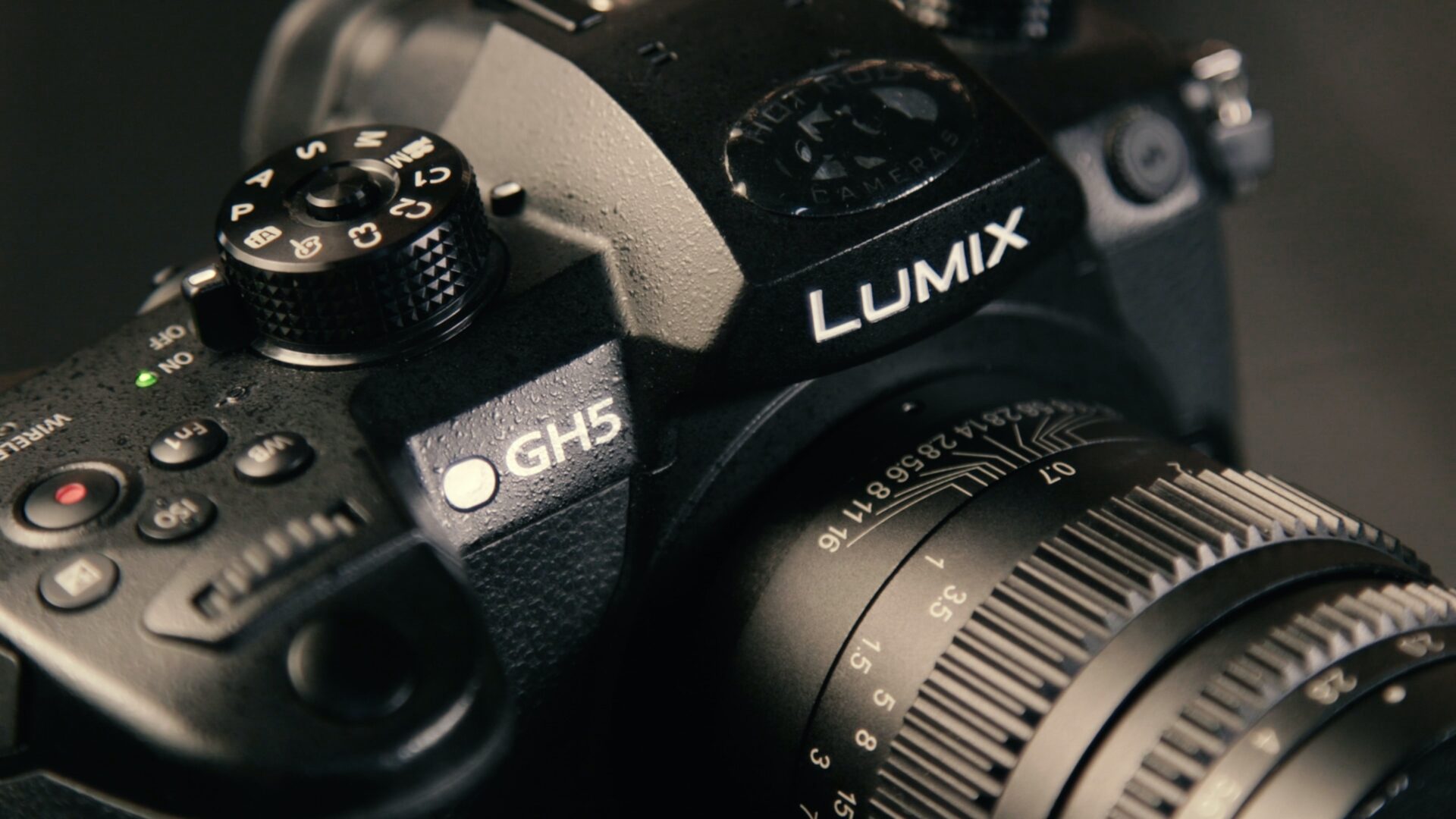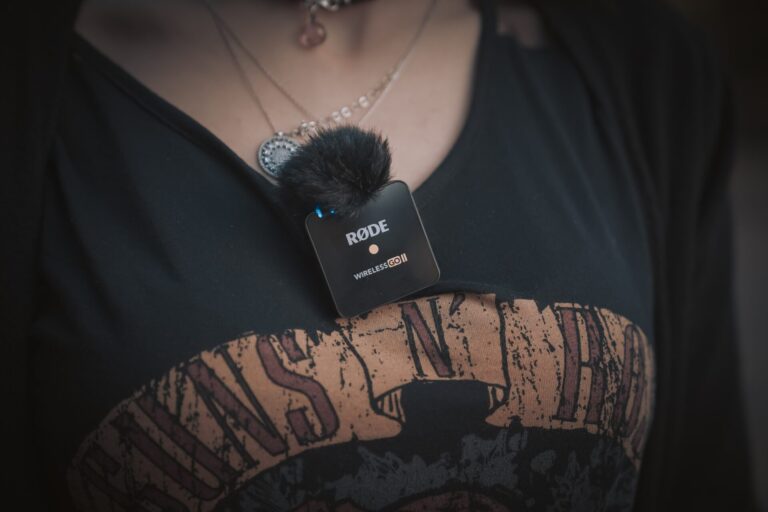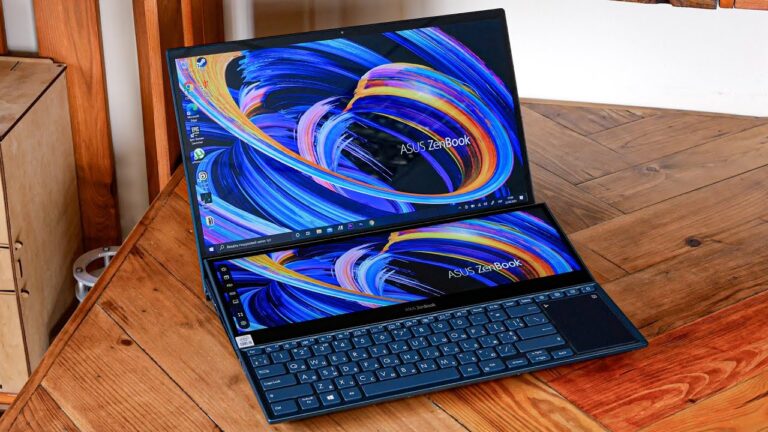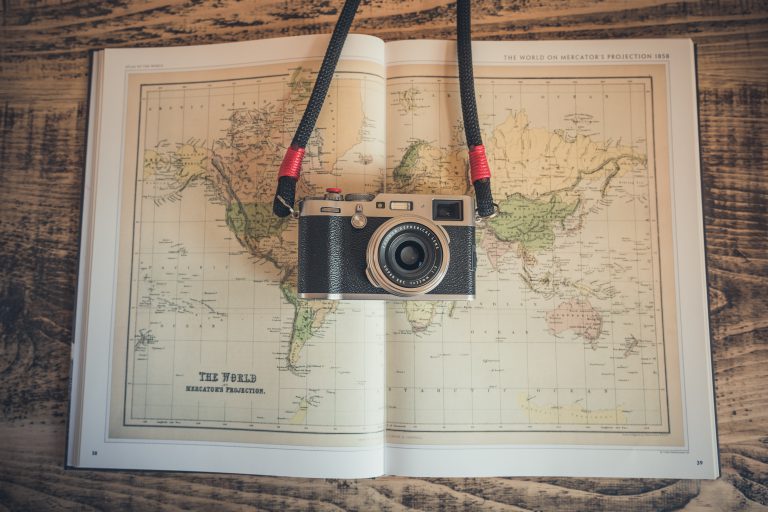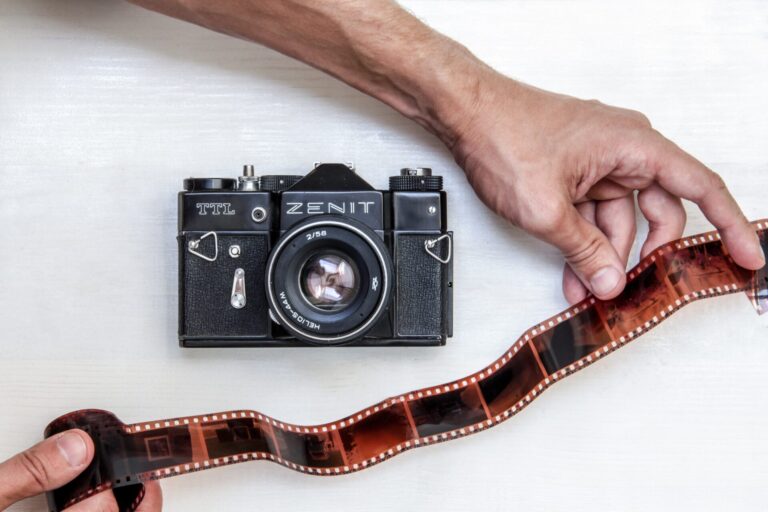Review: Is a Panasonic Lumix GH5 Still Worth Your Money in 2024?
In a market flooded with camera options, the Panasonic Lumix GH5 stands out as a popular choice for both photographers and videographers. Released in 2017, this mirrorless camera has since been hailed for its impressive video capabilities, making it a popular choice for content creators and filmmakers. But the question remains: is the Panasonic Lumix GH5 still worth buying in 2024?
In this review, we will dive into the unique features of the camera that have made it a top choice for professionals and hobbyists alike. We will look closer at the GH5’s video capabilities, comparing it to other cameras on the market. We will also explore how the GH5 performs for travel photography, a key consideration for many enthusiasts.
By the end of this review, you’ll better understand whether the Panasonic Lumix GH5 is the right camera for you.
Page Contents
Unique Features of the Panasonic Lumix GH5
One of the standout features of the Panasonic Lumix GH5 is its exceptional video capabilities. The camera can shoot 4K footage at up to 60 frames per second and 1080p footage at up to 180 frames per second for slow-motion effects. Additionally, it supports 10-bit 4:2:2 color sampling for increased color depth and accuracy. These features, combined with the camera’s in-body image stabilization (IBIS), make the GH5 a top choice for videographers looking to capture high-quality footage.
But the GH5 offers much more than just impressive video capabilities. Another key selling point is its high degree of customization and flexibility. The camera features a wide range of customizable buttons and dials, allowing photographers and videographers to easily adjust settings on the fly and create a personalized shooting experience. The camera also has the ability to save and recall camera settings, which can be a huge time-saver when switching between shooting situations.
In addition to its customizable features, the GH5 is also built to withstand tough shooting environments. The camera’s magnesium alloy body is splash, dust, and freeze-proof down to -10°C, making it a great choice for adventurous photographers and videographers who need a reliable camera that can withstand the elements.
Another unique feature of the GH5 is its high-speed autofocus system. The camera uses advanced DFD (Depth from Defocus) technology to quickly and accurately track and focus on subjects, making it a great choice for capturing fast-moving action. This feature is particularly useful for sports and wildlife photography, as well as for videography.
The GH5 also offers the convenience of dual SD card slots. This feature allows for simultaneous recording or overflow recording and the ability to back up files to a second card for added security. This is a great feature for photographers and videographers who must shoot for extended periods without changing memory cards.
Panasonic Lumix GH5 Video
The Panasonic Lumix GH5 is known for its impressive video capabilities. With the ability to shoot 4K footage at up to 60 frames per second and 1080p footage at up to 180 frames per second for slow-motion effects, the GH5 is a favorite among videographers looking to capture high-quality footage. The camera also supports 10-bit 4:2:2 color sampling for increased color depth and accuracy, allowing for greater flexibility in post-production.
One of the standout features of the GH5’s video capabilities is its in-body image stabilization (IBIS). This feature helps produce smooth and steady footage, even when shooting handheld or in challenging shooting conditions. The IBIS system compensates for camera shake by moving the camera’s sensor, allowing for more flexibility when shooting without a tripod or gimbal.
In addition to its IBIS system, the GH5 offers a wide range of video features that cater to the needs of professional videographers. For example, the camera offers unlimited recording time, a huge advantage for those who need to shoot for extended periods without worrying about running out of recording time. The camera also supports dual native ISO, which reduces noise in low-light situations, and has a V-Log L profile for increased dynamic range.
Another feature that sets the GH5 apart from other cameras is its compatibility with external recording devices. The camera supports 4:2:2 10-bit recording via its HDMI port, which allows for even greater color depth and flexibility in post-production. This feature is handy for those who need to shoot in high resolution and want to have maximum control over their footage.
Panasonic Lumix GH5 VS Sony A7III
The Panasonic Lumix GH5 and the Sony A7III are two popular mirrorless cameras among content creators. Both cameras offer impressive video capabilities but differ in a few key areas.
The Panasonic Lumix GH5 is known for its exceptional video features, including 4K video at up to 60 frames per second, in-body image stabilization, and a wide range of video recording options. The GH5 is also built to withstand tough shooting conditions, with a weather-sealed body and durable construction. However, the GH5’s still image performance is not as strong as some of its competitors, with a relatively low megapixel count and slower autofocus speeds.
The Sony A7III, on the other hand, offers excellent image quality and autofocus performance, with a high-resolution sensor and advanced autofocus system. While the A7III’s video capabilities are not quite as extensive as the GH5’s, it still offers 4K video recording and good overall video quality. The A7III also has a slightly larger and more comfortable grip than the GH5, making it easier to hold for longer periods of time.
Panasonic Lumix GH5 VS Canon EOS R5
The Panasonic Lumix GH5 and the Canon EOS R5 are both popular mirrorless cameras among content creators. While both cameras offer excellent image and video quality, they differ in a few key areas.
The Panasonic Lumix GH5 is known for its impressive video capabilities, including 4K video at up to 60 frames per second, in-body image stabilization, and a wide range of video recording options. The GH5 is also built to withstand tough shooting conditions, with a weather-sealed body and durable construction. However, the GH5’s still image performance is not as strong as some of its competitors, with a relatively low megapixel count and slower autofocus speeds.
The Canon EOS R5, on the other hand, offers incredible still image quality, with a 45-megapixel full-frame sensor and advanced autofocus system. The camera also offers excellent video capabilities, including 8K video recording and in-body image stabilization. However, the EOS R5’s video recording capabilities are limited by overheating issues, which may concern those who need to shoot for extended periods.
Panasonic Lumix GH5 VS Nikon Z6 II
The Panasonic Lumix GH5 and the Nikon Z6 II are both popular mirrorless cameras among content creators. While both cameras offer impressive features, they differ in a few key areas.
The Panasonic Lumix GH5 has gained a reputation for its outstanding video features, such as the ability to shoot 4K video at up to 60 frames per second, in-body image stabilization, and an extensive array of recording options. Additionally, it is designed to endure challenging shooting scenarios with its durable construction and a weather-sealed body. Nonetheless, the GH5 falls short in still image performance compared to some of its rivals due to its lower megapixel count and slower autofocus speeds.
The Nikon Z6 II, on the other hand, offers excellent still image quality with a 24.5-megapixel full-frame sensor and advanced autofocus system. The camera also has strong video capabilities, with 4K video recording at up to 60 frames per second and in-body image stabilization. The Z6 II’s build quality is also impressive, with a weather-sealed body and durable construction.
Travel photography with the Panasonic Lumix GH5
The Panasonic Lumix GH5 is a great camera for travel photography due to its compact size, excellent image quality, and versatile features. Whether exploring the city streets, capturing stunning landscapes, or immersing yourself in a new culture, the GH5 is a reliable companion.
City Photography
For city photography, the GH5’s fast autofocus system and quick burst shooting mode make it easy to capture fast-moving subjects like people, cars, and animals. Additionally, the camera’s high-resolution electronic viewfinder allows you to compose your shots precisely, even in bright sunlight.
Landscape photography
When it comes to landscape photography, the GH5’s impressive dynamic range and high-resolution sensor produce stunning, detailed images with vibrant colors and sharp details. The camera’s in-body image stabilization also allows you to capture sharp images even in low light or challenging shooting conditions.
Best Panasonic Lumix GH5 Lenses to travel with
Choosing the right lens for your travel photography is essential for capturing stunning images with your Panasonic Lumix GH5. With a wide range of lenses available for the Micro Four Thirds mount, deciding which ones to bring with you on your next adventure can be overwhelming. Luckily, we’ve created a guide to help you choose the best lenses to travel with for the GH5.




We recommend bringing a versatile zoom lens like the Panasonic Lumix G Vario 12-35mm f/2.8 II or the Olympus M.Zuiko Digital ED 12-40mm f/2.8 PRO for city photography. These lenses offer a wide range of focal lengths, making them ideal for capturing everything from cityscapes to street portraits. Additionally, their fast maximum aperture allows for great low-light performance and shallow depth-of-field effects.
For landscape photography, a wide-angle lens is essential. We recommend the Panasonic Leica DG Vario-Elmarit 8-18mm f/2.8-4.0 or the Olympus M.Zuiko Digital ED 7-14mm f/2.8 PRO. These lenses offer a wide field of view, allowing you to capture expansive vistas and stunning landscapes. Additionally, their fast maximum aperture and advanced optical design produce sharp, detailed images with minimal distortion.
Finally, a telephoto lens is a must-have if you’re planning to capture wildlife or action shots during your travels. We recommend the Panasonic Lumix G Vario 100-300mm f/4.0-5.6 II or the Olympus M.Zuiko Digital ED 75-300mm f/4.8-6.7 II. These lenses offer a long focal length range, allowing you to zoom in on distant subjects and capture stunning details.
By following our guide of Panasonic lenses to travel with, you’ll be well-equipped to capture stunning images during your next adventure. With the right lenses and the advanced features of the GH5, you’ll be able to capture unforgettable moments and create lasting memories.
In Summary
The Panasonic Lumix GH5, a remarkable camera known for its exceptional video features and durability, has been a go-to choice for content creators, particularly travel photographers, for several years. However, with the release of its successor, the Panasonic Lumix GH5 II in 2021, content creators now have a more advanced option available.
Despite this, the original GH5’s customizable interface, dual card slots, and sturdy build quality continue to make it a reliable and versatile option for professionals and enthusiasts alike. When compared to other cameras in its price range, such as the Sony A7III, Canon EOS R5, and Nikon Z6 II, the GH5 stands out for its superior video quality and usability, even if its competitors offer higher resolution and faster autofocus performance.
Pros
- Excellent video capabilities
- Customizable interface and user-friendly menu system
- Durable and weather-sealed build quality
- Dual card slots
- Wide range of compatible lenses
Cons
- Autofocus performance can be inconsistent
- Smaller sensor than some competitors
- Battery life could be better
- No in-body image stabilization for some lenses
- Limited low-light performance compared to full-frame cameras

